I am trying to enhance old hand drawn maps which were digitized by scanning and this process has caused some blacked out areas in the image making the text inside them very hard to read.
I tried adaptive histogram equalization and couple of other histogram based approach using MATLAB but nothing gives me the desired result. I could probably lighten the darker shades of grey and make it look a bit better using adaptive histogram equalization but it doesn't really help with the text.
Specifically, I tried adapthisteq() with different variations which is a function available in MATLAB.
Something like this:
A = adapthisteq(I,'NumTiles',X,'clipLimit',0.01,'Distribution','uniform');
... and also tried to change the pixel values directly by having a look at image, something like this :
I(10 > I & I > 0) = 0;
I(30 > I & I > 10) = 10;
I(255 > I & I > 30) = 255;
Can I enhance the image and get an end result which has only black and white where the lines and text (basically all the information) turns into black (0) and the shades of grey and whiter regions turn into white (255 or 1)?
Is this even possible? If not, how close can I even get to it or what is the best solution to get as close as possible to the desired result. Any help is appreciated.
Here's what the original image looks like:

Here's what the result looks like after I tried out my solution using adaptive histogram equalization:

